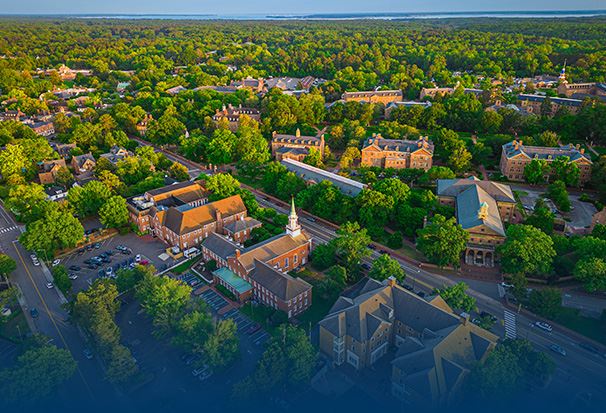As baby boomers retire and get older, the number of older Americans are expected to skyrocket. There will be a serious uptick in the demands of the healthcare system, long-term care, and nursing home facilities.
As demand increases so does the potential for abuse and neglect of older Americans. Strains on an already overburdened system may lead to additional problems relating to finding and keeping adequate staff and resources in nursing homes, hospitals, and other long-term care facilities.
Prevalence of Elder Abuse in the United States
Older Americans are particularly susceptible to abuse because they may have a decreased ability to communicate or assume that their caretakers are acting in their best interests and do not speak up against mistreatment. Unfortunately, elder abuse is very common. In fact, estimates indicate that one to two million Americans over the age of 65 have been abused or neglected by caretakers. The majority of victims are female.
Elder abuse can occur in a commercial setting, such as in a nursing home, but it can also occur in the home as well. Even caretakers that are friends or relatives can commit elder abuse, and studies indicate that non-professional caregivers are actually more likely to commit elder abuse or neglect.
Types of Elder Abuse
As the baby boomer generation prepares for their golden years, it is now more important than ever that loved ones know and understand the various forms of elder abuse. This type of understanding can help children, friends, and family keep a watchful eye over their older loved ones while they are cared for by someone else.
When most people think of abuse, they usually think of physical abuse first. Physical abuse is any physical contact that results in physical pain, impairment, or injury. While physical violence is a form of elder abuse, it is definitely not the only type. In fact, physical abuse is often easier to spot than some of the other types of elder abuse that a loved one may endure.
- Sexual abuse occurs whenever anyone has non-consensual sexual contact with an elderly individual. This can include something as simple as unwanted touching while helping the older adult with hygiene. Consent and mutual understanding are critical.
- Emotional abuse includes the infliction of distress, anguish, or pain through either physical or verbal acts. Emotional abuse is difficult to spot and address. Loved ones should look for signs of withdrawal or depressive symptoms.
- Financial or material exploitation is the illegal or inappropriate use of an older adult’s funds or property. Those with access to the elderly person’s assets are most likely to commit this type of abuse.
- Neglect or abandonment occurs when the caretaker refuses to perform or otherwise fulfill any part of their obligation or duties to an older adult. Desertion occurs when the elderly person is essentially left to fend for themselves or closed off in a room with no access to necessities. Neglect or abandonment can be inadvertent or purposeful.
Elder abuse can result in legal liability, regardless of whether the caretaker is a family member or a professional. Call John Burton at (888) 885-9001 for more information.




